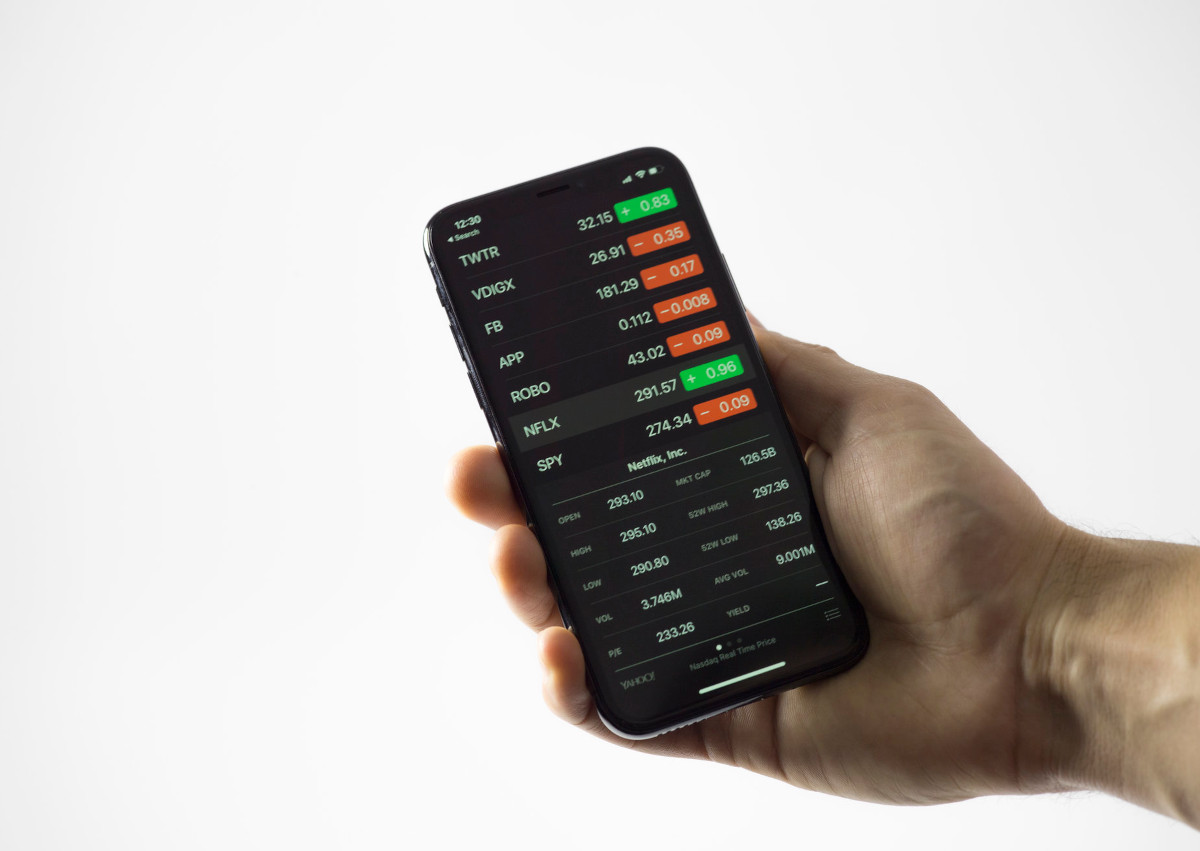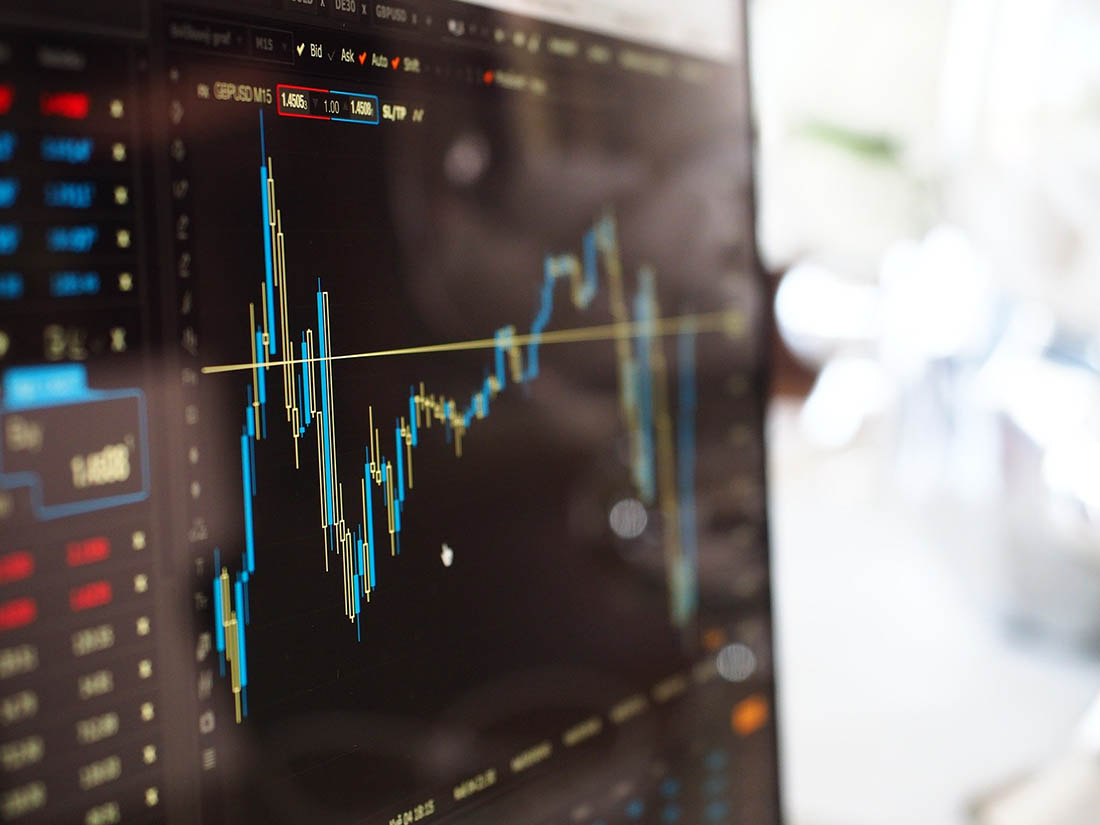(VIANEWS) – New York Mortgage Trust (NYMT), Stag Industrial (STAG), Alexander & Baldwin (ALEX) are the highest payout ratio stocks on this list.
Here’s the data we’ve collected of stocks with a high payout ratio as yet. The payout ratio in itself isn’t a guarantee of a future good investment but it’s an indicator of whether dividends are being paid and how the company chooses to issue them.
When researching a potential investment, the dividend payout ratio is a good statistic to know so here is a list of some companies with an above 30% payout ratio.
1. New York Mortgage Trust (NYMT)
800% Payout Ratio
New York Mortgage Trust, Inc. acquires, invests in, finances, and manages mortgage-related single-family and multi-family residential assets in the United States. Its targeted investments include residential loans, second mortgages, and business purpose loans; structured multi-family property investments, such as preferred equity in, and mezzanine loans to owners of multi-family properties, as well as joint venture equity investments in multi-family properties; non-agency residential mortgage-backed securities (RMBS); agency RMBS; commercial mortgage-backed securities (CMBS); and other mortgage, residential housing, and credit-related assets. The company qualifies as a real estate investment trust for federal income tax purposes. It generally would not be subject to federal corporate income taxes if it distributes at least 90% of its taxable income to its stockholders. The company was incorporated in 2003 and is headquartered in New York, New York.
Earnings Per Share
As for profitability, New York Mortgage Trust has a trailing twelve months EPS of $-1.74.
The company’s return on equity, which measures the profitability of a business relative to shareholder’s equity, for the twelve trailing months is negative -10.27%.
Revenue Growth
Year-on-year quarterly revenue growth declined by 3.5%, now sitting on 151.83M for the twelve trailing months.
2. Stag Industrial (STAG)
141.83% Payout Ratio
We are a REIT focused on the acquisition, ownership, and operation of industrial properties throughout the United States. Our platform is designed to (i) identify properties for acquisition that offer relative value across CBRE-EA Tier 1 industrial real estate markets, industries, and tenants through the principled application of our proprietary risk assessment model, (ii) provide growth through sophisticated industrial operation and an attractive opportunity set, and (iii) capitalize our business appropriately given the characteristics of our assets. We are organized and conduct our operations to maintain our qualification as a REIT under Sections 856 through 860 of the Internal Revenue Code of 1986, as amended (the “Code”), and generally are not subject to federal income tax to the extent we currently distribute our income to our stockholders and maintain our qualification as a REIT. We remain subject to state and local taxes on our income and property and to U.S. federal income and excise taxes on our undistributed income. As of December 31, 2023, we owned 569 buildings in 41 states with approximately 112.3 million rentable square feet, consisting of 493 warehouse/distribution buildings, 70 light manufacturing buildings, one flex/office building, and five Value Add Portfolio buildings. In addition, as of December 31, 2023, we had six development projects (which are not included in the building count noted above). While the majority of our portfolio consists of single-tenant properties, we also own a growing number of multi-tenant properties. As of December 31, 2023, our buildings were approximately 98.2% leased, with no single tenant accounting for more than approximately 2.9% of our total annualized base rental revenue and no single industry accounting for more than approximately 11.0% of our total annualized base rental revenue. We intend to maintain a diversified mix of tenants to limit our exposure to any single tenant or industry. As of December 31, 2023, our Operating Portfolio was approximately 98.4% leased. SL Rent Change on new and renewal leases together grew approximately 44.0% and 24.3% during the years ended December 31, 2023 and 2022, respectively, and our Cash Rent Change on new and renewal leases together grew approximately 31.0% and 14.3% during the years ended December 31, 2023 and 2022, respectively. We have fully integrated acquisition, leasing and operations platforms led by a senior management team with decades of industrial real estate experience. Our mission is to deliver attractive long-term stockholder returns in all market environments by growing cash flow through disciplined investment in high-quality real estate while maintaining a strong balance sheet.
Earnings Per Share
As for profitability, Stag Industrial has a trailing twelve months EPS of $1.04.
PE Ratio
Stag Industrial has a trailing twelve months price to earnings ratio of 38.14. Meaning, the purchaser of the share is investing $38.14 for every dollar of annual earnings.
The company’s return on equity, which measures the profitability of a business relative to shareholder’s equity, for the twelve trailing months is 5.61%.
Yearly Top and Bottom Value
Stag Industrial’s stock is valued at $39.67 at 14:23 EST, under its 52-week high of $41.63 and way higher than its 52-week low of $31.69.
3. Alexander & Baldwin (ALEX)
123.26% Payout Ratio
Alexander & Baldwin, Inc. ("A&B") is Hawai'i's premier commercial real estate company and the largest owner of grocery-anchored, neighborhood shopping centers in the state. A&B owns, operates and manages approximately 3.9 million square feet of commercial space in Hawai'i, including 22 retail centers, ten industrial assets and four office properties, as well as 154 acres of ground leases. These core assets comprise nearly 72% of A&B's total assets. A&B's non-core assets include renewable energy generation facilities, 27,000 acres of agricultural and conservation land and a vertically integrated paving business. A&B is achieving its strategic objective of becoming a Hawai'i-focused commercial real estate company by expanding and strengthening its Hawai'i CRE portfolio and monetizing non-core assets. Over its 150-year history, A&B has evolved with the state's economy and played a leadership role in the development of the agricultural, transportation, tourism, construction, residential and commercial real estate industries.
Earnings Per Share
As for profitability, Alexander & Baldwin has a trailing twelve months EPS of $0.72.
PE Ratio
Alexander & Baldwin has a trailing twelve months price to earnings ratio of 26.26. Meaning, the purchaser of the share is investing $26.26 for every dollar of annual earnings.
The company’s return on equity, which measures the profitability of a business relative to shareholder’s equity, for the twelve trailing months is 5.16%.
Sales Growth
Alexander & Baldwin’s sales growth for the next quarter is negative 7.4%.
Growth Estimates Quarters
The company’s growth estimates for the current quarter and the next is 133.3% and 400%, respectively.
4. Brinks Company (BCO)
33.59% Payout Ratio
The Brink's Company provides secure transportation, cash management, and other security-related services in North America, Latin America, Europe, and internationally. The company offers armored vehicle transportation of valuables; automated teller machine (ATM) management services, such as cash replenishment, replenishment forecasting, cash optimization, ATM remote monitoring, service call dispatching, transaction processing, installation, and first and second line maintenance services; network infrastructure; and cash-in-transit services. It also provides transportation services for diamonds, jewelry, precious metals, securities, bank notes, currency, high-tech devices, electronics, and pharmaceuticals; vault outsourcing and money processing services; and services related to deploying and servicing intelligent safes and safe control devices, as well as cashier balancing, counterfeit detection, account consolidation, electronic reporting, check imaging, and reconciliation services. In addition, the company offers technology applications, including online cash tracking, cash inventory management, and other web-based tools. Further, it provides bill payment acceptance and processing services; prepaid cards and corporate debit cards; and security system design and installation services that include alarms, motion detectors, closed-circuit televisions, and digital video recorders, as well as access control systems comprising card and biometric readers, electronic locks, and turnstiles. Additionally, the company offers monitoring services; and security and guarding services to protect airports, offices, warehouses, stores, and public venues. It serves banks and financial institutions, retailers, government agencies, mints, jewelers, and other commercial operations. The company was formerly known as The Pittston Company and changed its name to The Brink's Company in May 2003. The Brink's Company was founded in 1859 and is headquartered in Richmond, Virginia.
Earnings Per Share
As for profitability, Brinks Company has a trailing twelve months EPS of $2.62.
PE Ratio
Brinks Company has a trailing twelve months price to earnings ratio of 38.73. Meaning, the purchaser of the share is investing $38.73 for every dollar of annual earnings.
The company’s return on equity, which measures the profitability of a business relative to shareholder’s equity, for the twelve trailing months is 23.33%.
Growth Estimates Quarters
The company’s growth estimates for the ongoing quarter and the next is 24.6% and 9.9%, respectively.
Sales Growth
Brinks Company’s sales growth is 3.6% for the ongoing quarter and 6% for the next.
1. 1 (1)
1% Payout Ratio
1
Earnings Per Share
As for profitability, 1 has a trailing twelve months EPS of $1.
PE Ratio
1 has a trailing twelve months price to earnings ratio of 1. Meaning, the purchaser of the share is investing $1 for every dollar of annual earnings.
The company’s return on equity, which measures the profitability of a business relative to shareholder’s equity, for the twelve trailing months is 1%.





